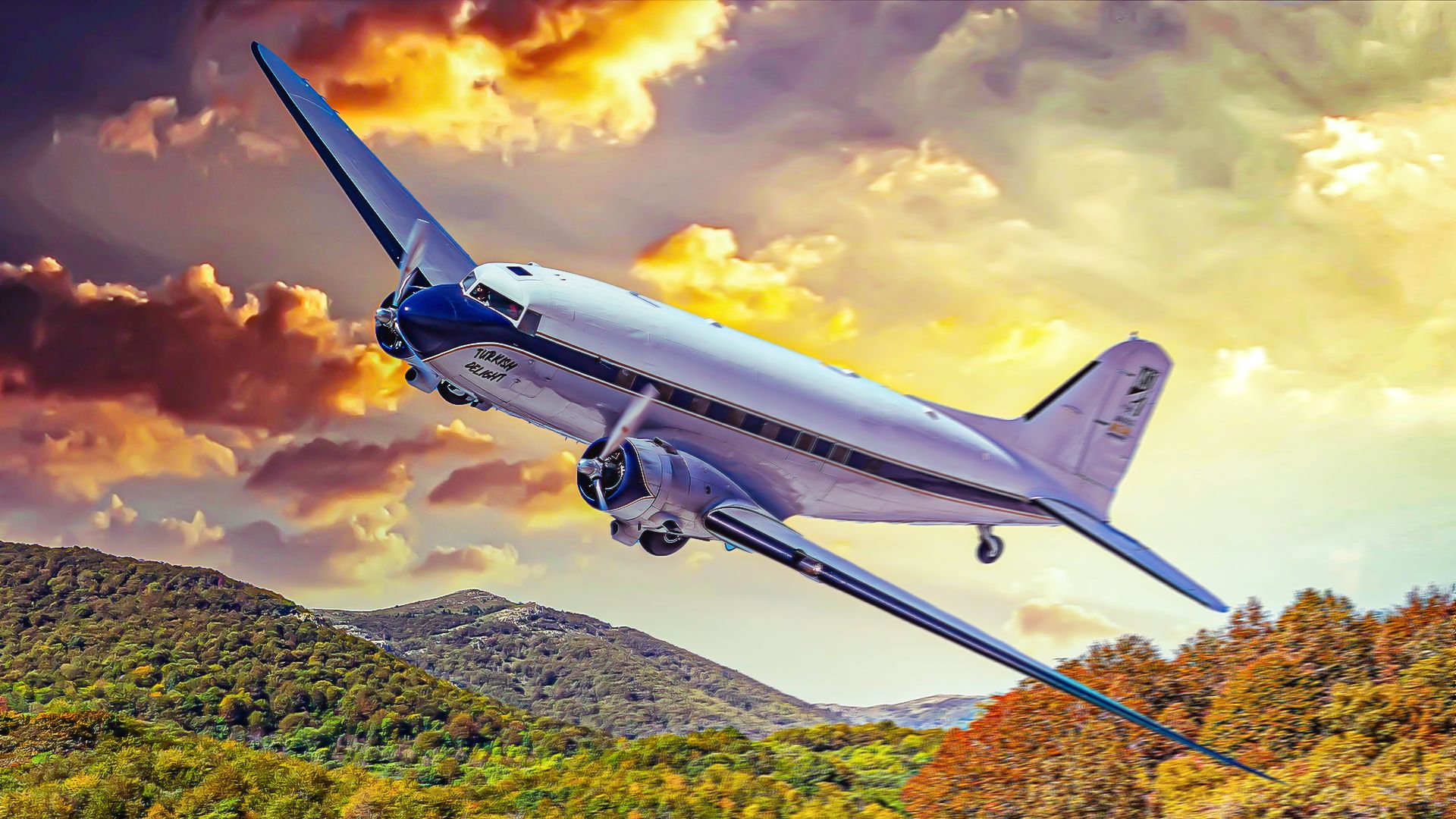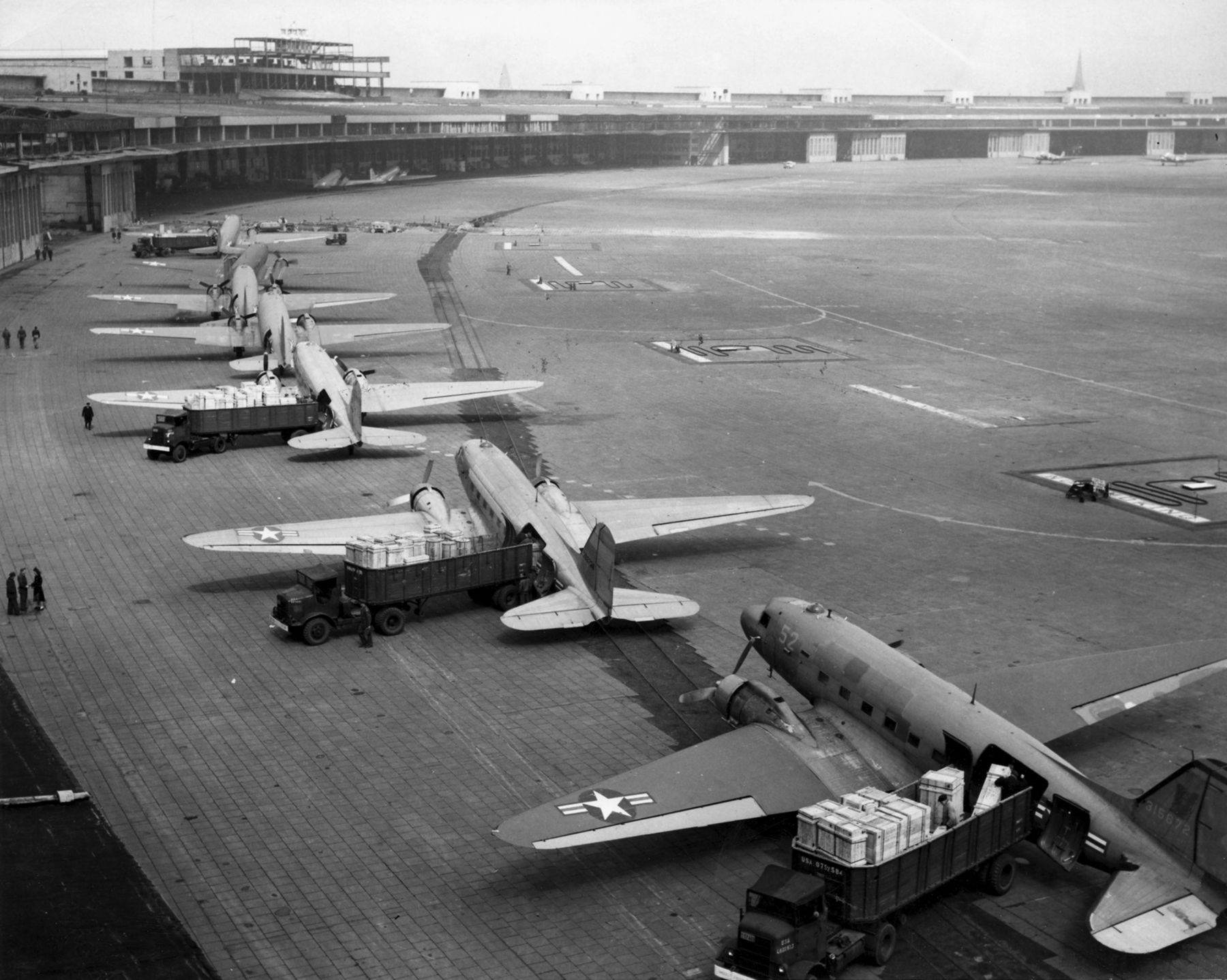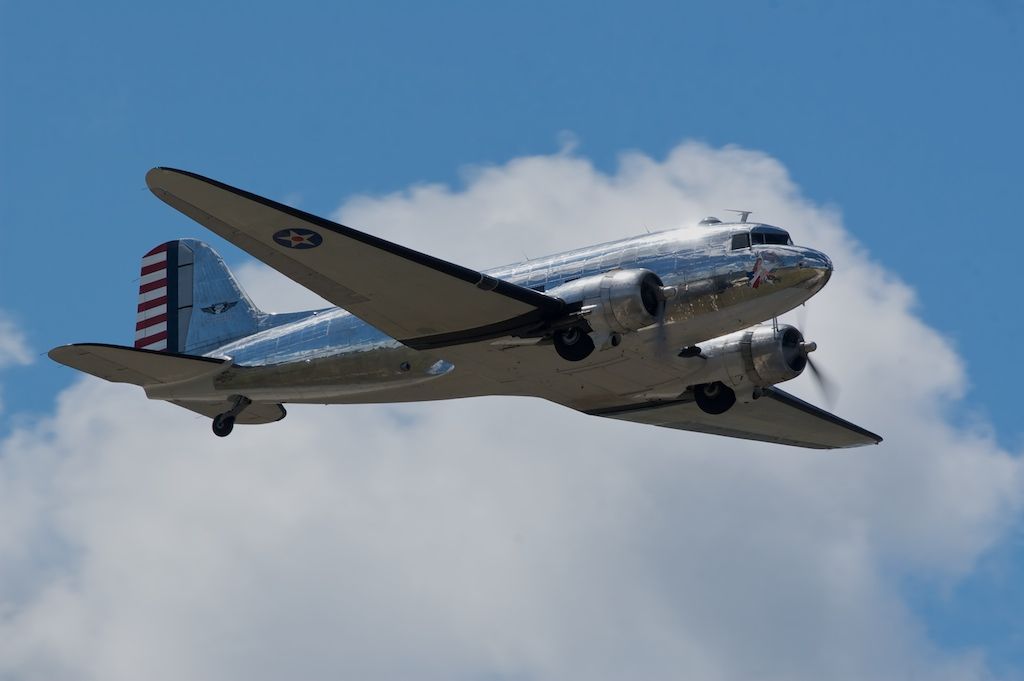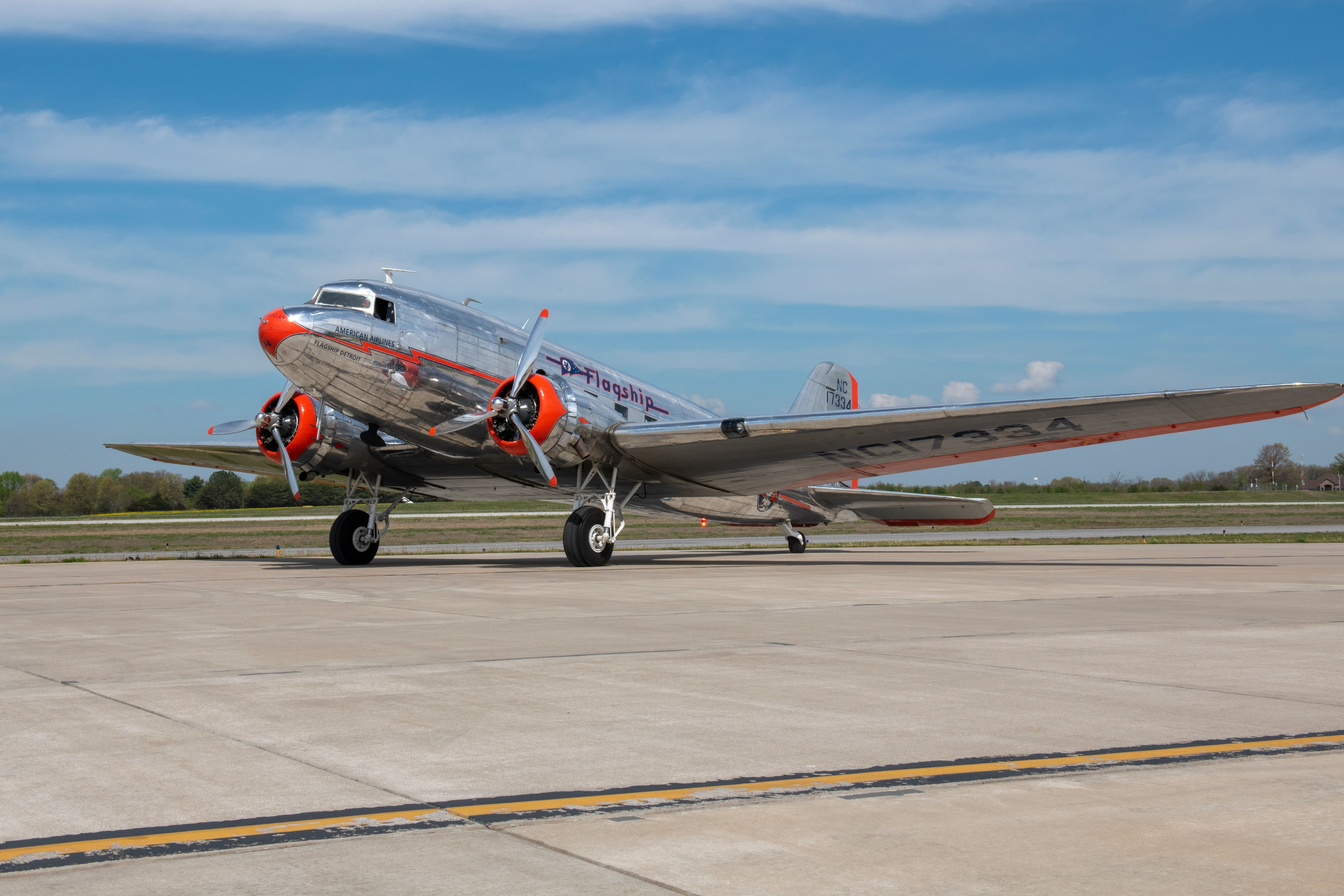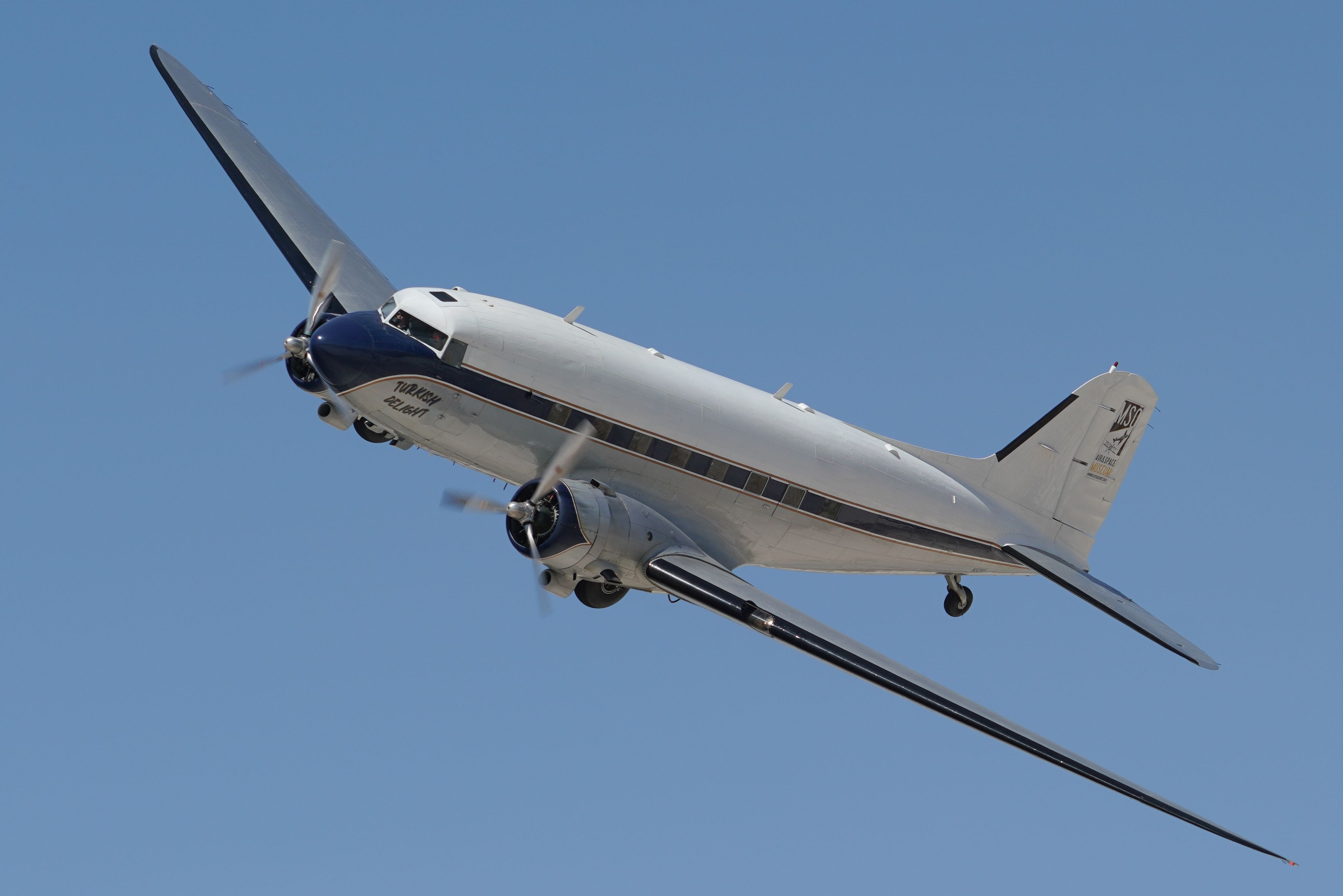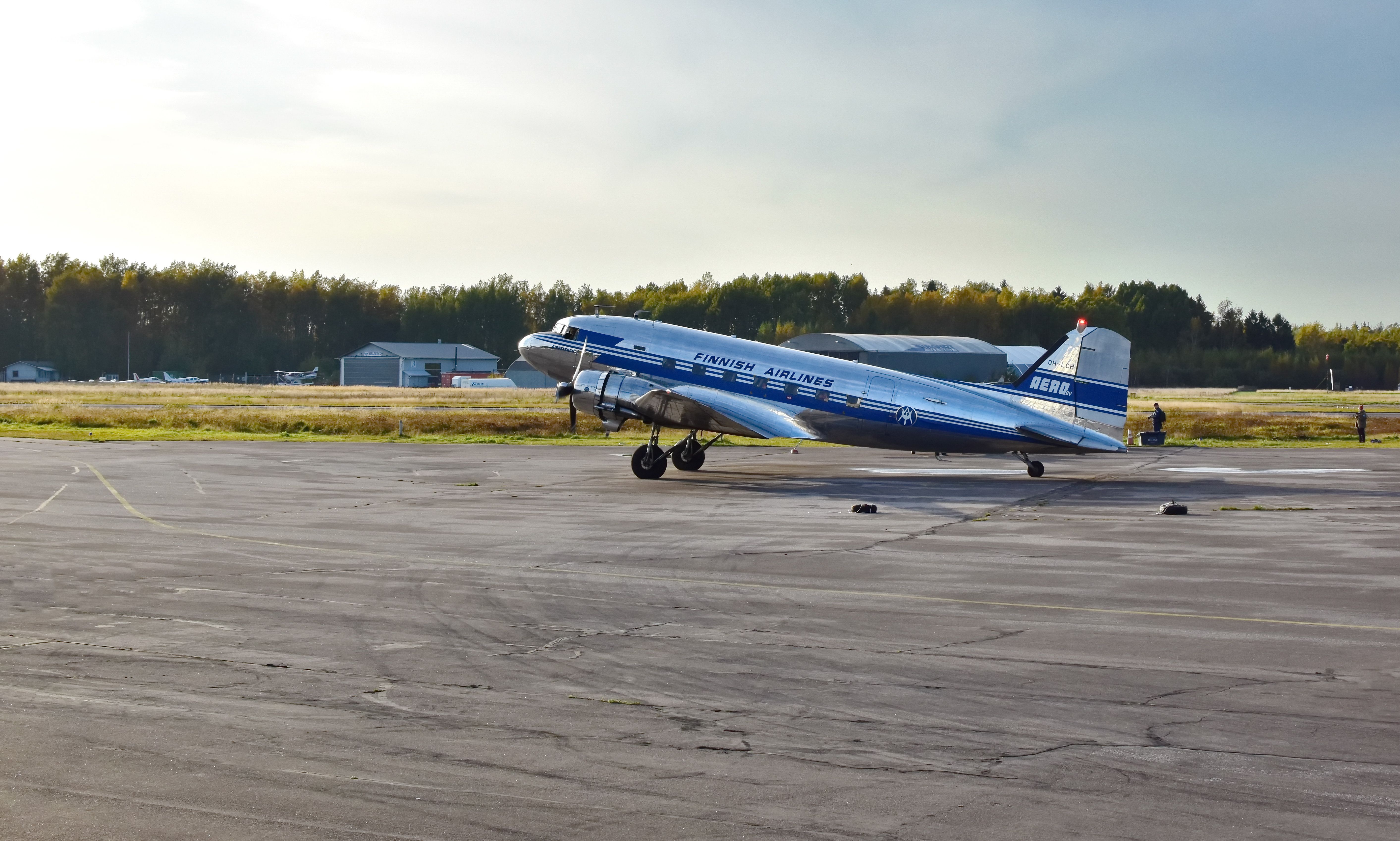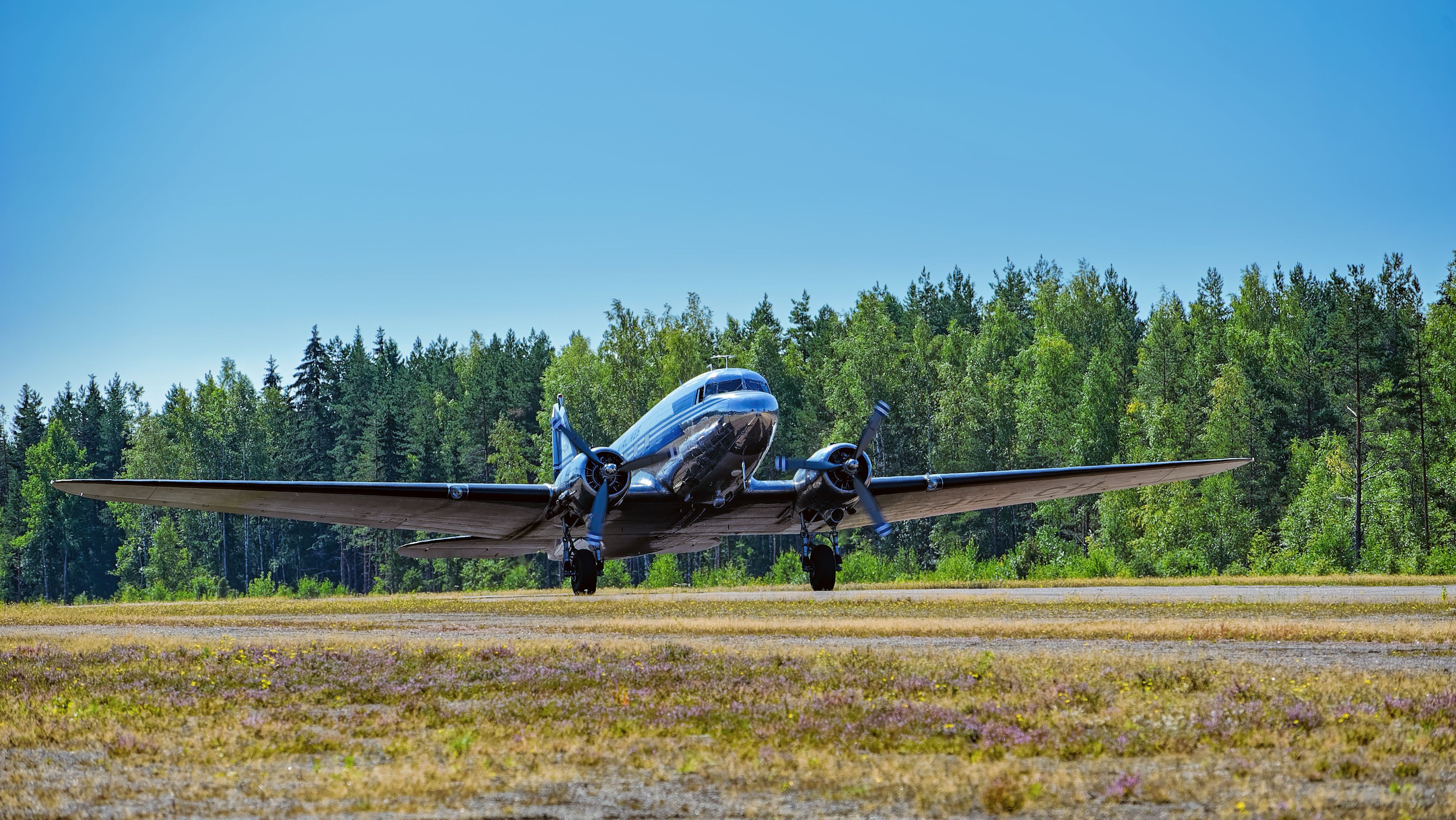Few aircraft have left as lasting an impact on aviation as the Douglas DC-3. Initially a civilian aircraft that revolutionized air travel, the DC-3 went on to provide vital military support during World War II, cementing its place in aviation history.
More than eight decades after its first flight, the DC-3 continues to serve various roles, most notably as a modern-day cargo aircraft. Its unique combination of reliability, versatility, and longevity has made it one of the most iconic planes in both civilian and military aviation.
The origins of the DC-3
The Douglas DC-3 was first introduced in 1935 as an improvement over its predecessor, the DC-2. Originally developed as a passenger aircraft for American Airlines, the DC-3 quickly gained popularity among commercial airlines due to its speed, range, and reliability, per the Smithsonian Magazine.
The aircraft could carry 21 to 32 passengers (or 14 sleepers), depending on the configuration, and had a range of 1,370 nautical miles (1,580 miles / 2,400 km). This was revolutionary for its time, allowing airlines to offer coast-to-coast flights with fewer stops, effectively changing the landscape of commercial aviation.
The DC-3’s early success in the commercial sector paved the way for its adaptation to other roles, but it wasn’t until World War II that the aircraft became a truly global icon.
The DC-3 in WWII: The C-47 “Skytrain”
When the United States entered World War II, the DC-3 was quickly adapted for military use, receiving the designation C-47 Skytrain. According to the National Museum of the USAF, the military version was modified to accommodate troops, cargo, and medical evacuations, transforming it into a versatile workhorse that could handle a variety of missions. Its rugged design allowed it to operate in harsh environments, from the beaches of Normandy to the jungles of Southeast Asia.
During the D-Day invasion in 1944, the C-47 played a crucial role in transporting paratroopers into Normandy, helping to turn the tide of the war. Its ability to carry heavy cargo loads and operate on short, unpaved airstrips made it indispensable in both the European and Pacific theaters. By the end of the war, over 10,000 C-47s had been built, serving with the Allied forces across the globe.
The aircraft’s key WWII contributions include:
- Paratrooper deployment during D-Day
- Medical evacuations and supply drops
- Transporting troops and cargo to remote locations
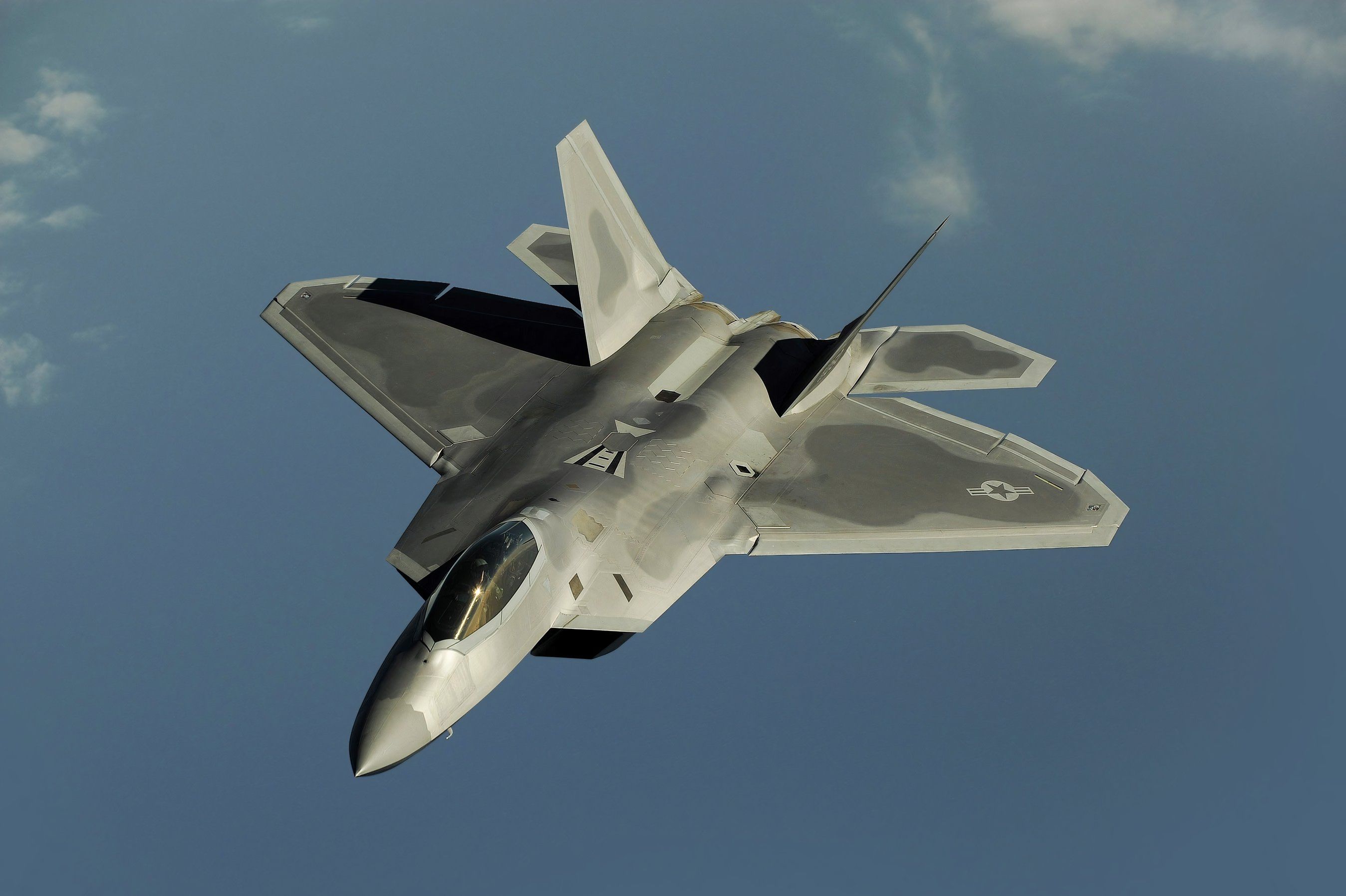
Post-war civilian use and the cargo transition
After World War II, thousands of surplus C-47s were sold to airlines and cargo companies around the world. Many of these aircraft were converted back to their original civilian configurations and re-entered service as DC-3s.
However, their true calling in the post-war era was as cargo planes, where their robust design and ability to operate in challenging conditions made them ideal for transporting goods.
By the late 1940s and 1950s, DC-3s could be found flying cargo routes across North America, South America, Africa, and Asia, delivering everything from mail to perishable goods. Despite the emergence of more modern aircraft, the DC-3’s rugged reliability and low operating costs kept it in service for decades.
Key advantages of the DC-3 for cargo use:
- Ability to operate from short, unpaved runways
- High payload capacity relative to size
- Low operating costs and ease of maintenance
Why the DC-3 endures
One of the most remarkable aspects of the DC-3 is its longevity. Despite being designed in the 1930s, hundreds of DC-3s and C-47s remain in service today. This is a testament to the aircraft’s reliability, simple design, and ease of maintenance.
Photo: Chris Davidso Photography | Shutterstock
The DC-3’s two Pratt & Whitney R-1830 Twin Wasp radial engines are highly durable, and the aircraft’s all-metal construction provides a level of toughness that has withstood the test of time.
Another reason for its endurance is its versatility. While the DC-3 was originally designed as a passenger plane, its ability to adapt to a wide variety of roles has kept it in service for decades. From cargo transport to aerial spraying, firefighting, and even a restaurant, the DC-3 continues to find new ways to serve.
Modern-day cargo use of the DC-3
Today, the DC-3 still plays a significant role in cargo transport, especially in remote and developing regions where newer aircraft may not be practical. According to The Garden of Memory, more than 150 continue to fly to this day.
Photo: EvrenKalinbacak | Shutterstock
In areas with unimproved airstrips, the DC-3’s ability to land on short, rough runways makes it invaluable. This is especially true in parts of Africa, South America, and Alaska, where modern infrastructure is limited, and the DC-3 is often the only aircraft capable of delivering supplies.
Many of the DC-3s flying today have been retrofitted with modern avionics and navigation systems, making them more efficient and easier to operate in today’s airspace. Some models, known as Basler BT-67s, have even been upgraded with turboprop engines, increasing their performance and extending their operational life well into the 21st century.
The future of the DC-3
Despite being over 85 years old, the DC-3 shows no signs of fading into history. As long as there are regions that require reliable, rugged aircraft capable of landing on short, rough airstrips, the DC-3 will remain in demand.
Photo: SariMe | Shutterstock.com
Many aviation experts believe that the DC-3 could be one of the few aircraft to achieve century-long service, a testament to its superior design and adaptability. Whether in cargo transport, firefighting, or luxury travel, the DC-3’s ability to reinvent itself will keep it soaring through the skies for years to come, per the Royal Aeronautical Society (which dubs the aircraft “the immortal DC-3”).
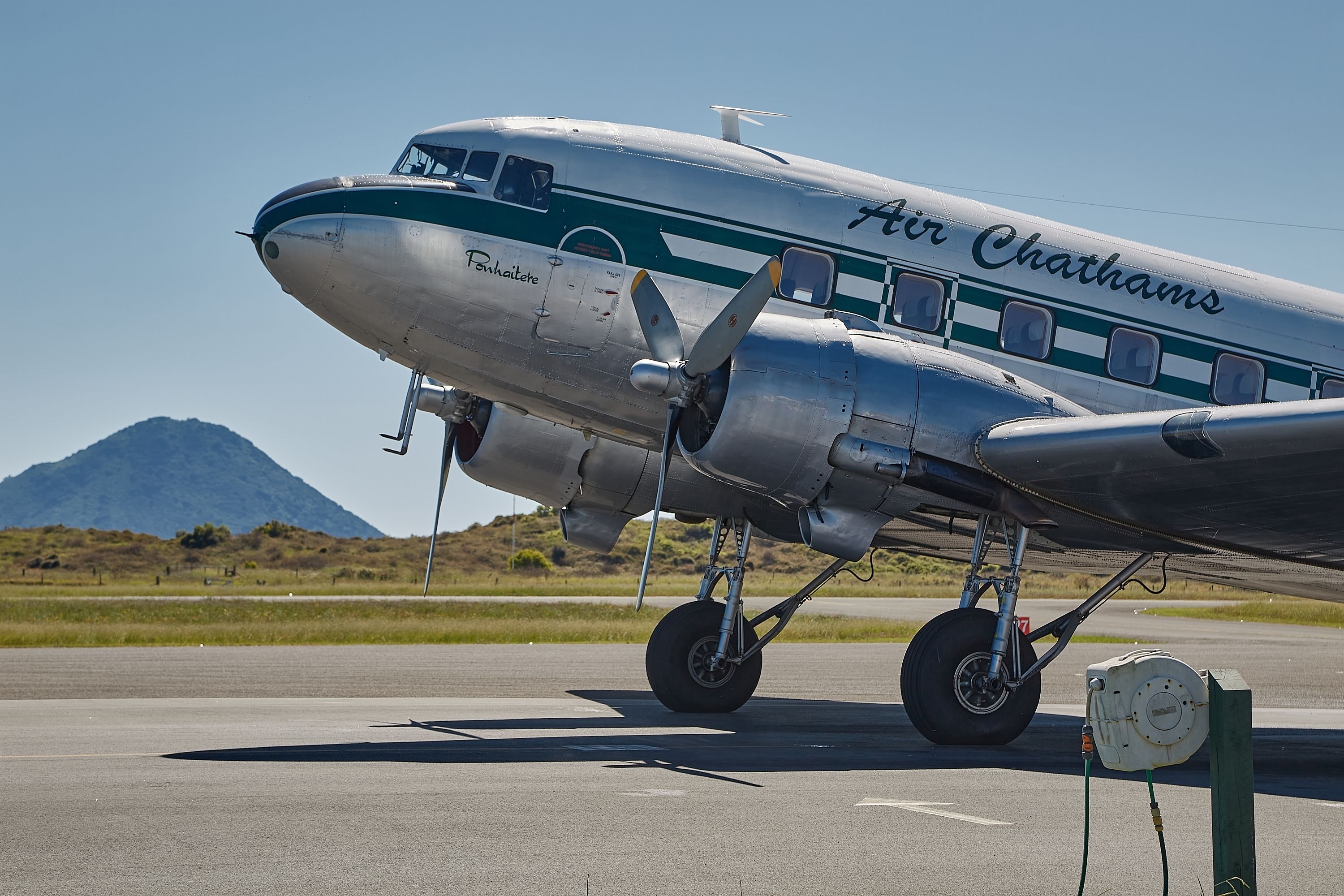
Related
How Many DC-3s Are Still Flying?
Believe it or not, this iconic World War II-era propellor-driven transport continues to fly in various corners of the world!
All in all, the Douglas DC-3 is more than just an aircraft — it is an aviation legend. From its beginnings as a revolutionary passenger plane in the 1930s to its heroic role in World War II as the C-47 Skytrain, the DC-3 has left an indelible mark on aviation history.
Photo: Igor Grochev I Shutterstock
Even today, it continues to serve as a reliable workhorse in cargo transport, proving that a well-designed aircraft can transcend time. Its iconic status, versatility, and endurance make the DC-3 one of the most beloved and enduring aircraft in the world.

